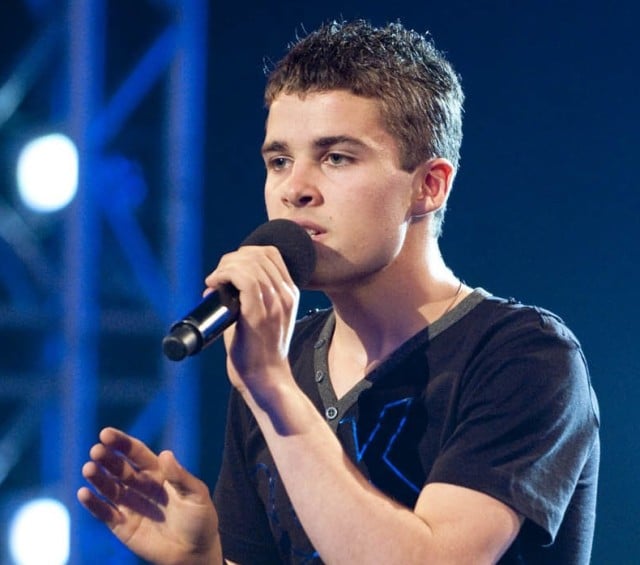
TV isn’t dying, it’s just going real-time. As our post revealing the popularity of X Factor on Twitter showed, viewers expressing their opinions about shows using the computer on their lap and the mobile in their hand are bringing a new social dimension to television…
“This backchannel is here to stay,” ITV’s online engagement manager Ben Ayers tells paidContent:UK. “Next year will be about further deepening that and making the two-screen experience work even better.”
The X Factor has not been alone in embracing the phenomenon. Eurovision is now courting the Twitterati who talk during the contest, Question Time lit up the service during Nick Griffin’s appearance, and Strictly Come Dancing and Come Dine With Me invite viewers to rate contestants as live. Such shows are keeping mass-audience entertainment afloat in TV World, but they’re also finding a shared, talked-about online life beyond the box.
ITV (LSE: ITV) first ramped up on Twitter when This Morning host Phillip Schofield began using the service a year ago, says Ayers, who in March transitioned from an ITV PR job to building audience connections using social tools: “Joost were one of the companies that were quite pioneering in this, exploring chat alongside shows. Unfortunately, they didn’t have the content to go with it – but these big live TV shows do have an ability to bond people.
“The Twitter thing is nuts. We’re trying to open up the world a bit. It’s paid off; @TheXFactor has over 50,000 followers.” That’s all well and good, but are cash-strapped TV execs taking notice? “These numbers are now the sort of numbers that are getting people’s ears to prick up,” Ayers adds. “And, more importantly, it’s driving people to the site and getting people in front of our video and adverts.”
Real-time interaction around TV is proving so enticing, producers are scrambling to build the features in to the fabric of their formats. “We’re absolutely sold on ‘two-screen’ experiences,” says Tim Morgan, CEO of Mint Digital, which makes social sites for broadcasters and has built an entirely new technology framework that’s quicker than HTTP and lets viewers exchange mass-participation updates at Google (NSDQ: GOOG) Wave speed.
“In my view, these watercooler moments are the tip of the iceberg and are the easiest thing to do with existing technologies,” Morgan says. “We built Hemlock knowing that, if the social web was the last big thing in broadcast, then the real-time web is the next big thing.”
Mint’s currently working with “three large traditional broadcasters” on real-time online projects, according to Morgan. On top of Hemlock, it has built a live sports betting game, Football3s, in which contestants win depending on how soccer players perform at that moment – it could be attractive to sports TV operators, though partnership reach-outs are ongoing.
“The potential is enormous,” Morgan reckons. “Traditional media companies still have mass audiences but need to find new effective ways of monetising those audiences. Social gaming in real-time is the answer. The audience at home can play games for stakes or can play free social games linked to TV broadcast with a ‘buy stuff to power up’ revenue model like Playfish. This could be the saviour of the broadcast ad-funded problem.
“When the TV and browser merge, boom, you’re not going to be able to watch a TV show without fiddling around at something overlaying the content.”